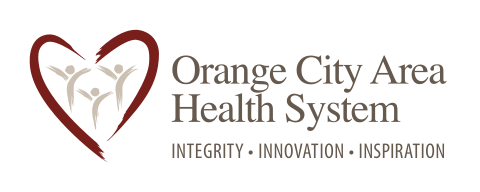-by Dr. Alan Laird, Chief Medical Officer
The CDC (Center for Disease Control) has updated the ages at which certain activities and behaviors should be seen in children. This has included changing some ages for some activities and adding new checklists for some others (ages 15 and 30 months). What is this all about?
Developmental milestones are used by healthcare providers and parents to access the ongoing neurological and social development of a child. Just like we measure height, weight and head circumference to look for healthy growth; developmental milestones are used to look for healthy neurological and social development. Things like rolling over, walking and language development can give us insight to how a child’s brain and neurological system is developing. While we have known for some time when the “average” child is walking, it has been debatable about when a child is definitely in need of evaluation or intervention for a delay in walking. Deciding to test or intervene at 50% (average) mark, would mean a lot of children have further tests and referrals they do not need. Waiting until things are clearly delayed, could miss an opportunity to correct a deficiency or find a problem before it causes irreversible harm. And so the previous milestones were not always helpful to know when things needed more attention.
This new set of milestones seeks to address that, along with some other problems. It has been built by looking for milestones or behaviors and skills that have been studied and examined. Not just established by conventional wisdom or expert opinion. It also sought to reconcile the differences in different sources of guidance. There were differences between expert panels about what age a child or infant should be able to perform certain tasks. This caused confusion as to whether a child was progressing as expected, or was lagging behind. Now with stated guidance as to what abilities and skills a child should have (not may have) by a certain age, it is hoped that providers and parents will know if something is wrong. This will lead to earlier intervention and, it is believed, better outcomes for any child with a delay in development.
Let’s look at a specific example. The 6-month-old infant guidelines used to include, “Begins to pass things from one hand to another.” So if an infant was not doing that, was it abnormal? Or was it that some infants may be doing this, but it is not abnormal if your child is not. This milestone has now been moved to the 9-month-old infant checklist and states, “Moves things from one hand to the other.” Meaning if the child is not doing that, it indicates there is a delay. That is not to say every delay means there is a problem. All age milestones must be looked at together along with the child’s physical growth and health to determine if more testing or evaluation is needed. But at least the ambiguity of “maybe, begins, might” has been removed. As a practitioner, I find this helpful.
Allow me to make one last point. Work on this has been ongoing for some time. The process began in 2017, with the goal to resolve conflicting information and provide more firm evidence. Like all things in medicine, this has taken research, time, study and cooperation. These things do not happen easily and should cause us to carefully examine what we are doing. The results were issued early this year. Because of the timing, and the fact that some guidelines were removed or moved to an older age, some have felt it indicates infants are not developing like they were in the past because of the events in the last 2 years. That is not the case. This change was being worked on before the pandemic and are meant to improve our ability to detect problems. They have not been rewritten to hide slower child development or indicate a change in normal human development. It is really an attempt to help doctors do their work better and help parents know if something is wrong.
For those who might like a more scholarly approach to this topic, I refer you to an excellent medical article that contains much more information. It can be found by looking up: Zubler JM, Wiggins LD, Macias MM, et al. Evidence-Informed Milestones for Developmental Surveillance Tools. Pediatrics. 2022;149(3):e2021052138.
The new guidelines are available from the CDC. If you have any concerns that your child is not growing or developing as expected, please consult with your trusted healthcare provider. As with any tool, the milestones are helpful. But they cannot replace working with a trusted expert in the area of concern.

